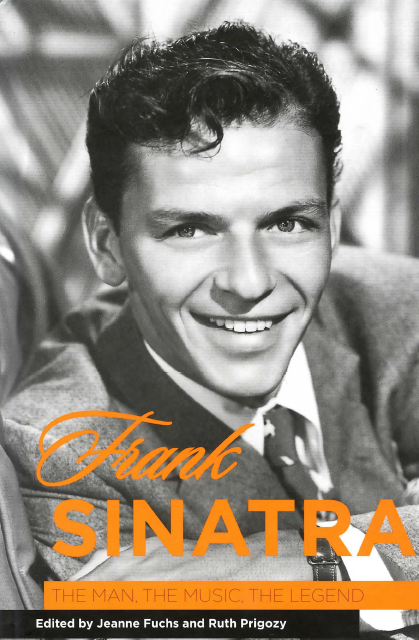13 - Dancing to Sinatra: The Partnership of Music and Movement in Twyla Tharp's Sinatra Suite
Published online by Cambridge University Press: 10 March 2023
Summary
The notion of “dancing to Sinatra” immediately calls to mind images of World War II–era GIs and their sweethearts dancing cheek-to-cheek to the crooner's ballads or couples jitterbugging to “Five Minutes More.” A provocative presence among social dance music makers of the swing era, Sinatra's songs have also inspired the dancing of professional choreographic artists in ballet and modern dance. It can be argued that the most important and popular choreography created for the concert stage to Sinatra's music is Twyla Tharp's Sinatra Suite choreographed in 1983 for Mikhail Baryshnikov and Elaine Kudo of American Ballet Theatre.
The roots of this ballet extend back to the 1970s when Tharp choreographed Once More, Frank, a duet to three Sinatra songs. She created the work for a television special she was directing and intended it to be a small, intimate dance for her and Baryshnikov. However, because the Russian star's salary and the rehearsal space were being provided courtesy of American Ballet Theatre, Once More, Frank was also performed at the ballet company's star-studded gala at the Metropolitan Opera House on July 12, 1976. It was disastrous! While Tharp and Baryshnikov looked to the piece as an opportunity for avant-garde experimentation and agreed to eliminate all virtuosic elements from the choreography—they pledged Baryshnikov would not leave the ground even once—the audience expected the great danseur to astonish them with his by then legendary classical technique. In her autobiography, Tharp lamented: “We were roundly boo-ed by the $500 a ticket crowd. Misha, who had never been boo-ed in his life, was delighted. However, I had [been], and I was miserable and humiliated as he kept dragging me out for more calls.”
At the time, Tharp was an extremely popular modern dance choreographer. She had begun her dance-making career in the 1960s creating serious, formalistic, experimental works. By the 1970s, however, she had rebelled against the minimalist aesthetic of her postmodern contemporaries and established a reputation for making entertaining dances, featuring comedy, wit, spectacular costumes, and popular music.
- Type
- Chapter
- Information
- Frank SinatraThe Man, the Music, the Legend, pp. 117 - 124Publisher: Boydell & BrewerPrint publication year: 2007



